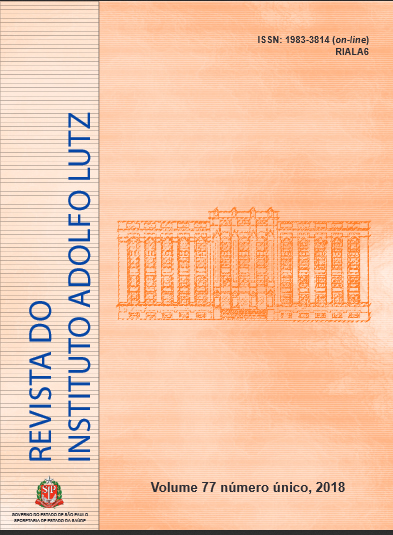Geohealth: biology based mapping of vector borne disease in the Americas using NASA satellite data
Keywords:
geospatial models, geohealth, AmeriGEOSS, visceral leishmaniasis, Aedes borne arboviruses, dengue, zika, chickungunya
Abstract
Implementation of a geospatial surveillance and response system data resource for vector borne disease in the Americas (GeoHealth) will be tested using NASA satellite data, geographic information systems and ecological niche modeling to characterize the environmental suitability and potential for spread of endemic and epizootic vector borne diseases. The initial focus is on developing prototype geospatial models for visceral leishmaniasis, an expanding endemic disease in Latin America, and geospatial models for dengue and other Aedes aegypti borne arboviruses (zika, chikungunya), emerging arboviruses with potential for epizootic spread from Latin America and the Caribbean and establishment in North America. Geospatial surveillance and response system open resource data bases and models will be made available, with training courses, to other investigators interested in mapping and modeling other vector borne diseases in the western hemisphere and contributing brokered data to an expanding GeoHealth data resource as part of the NASA AmeriGEOSS initiative.
Published
2018-03-29
How to Cite
MALONE, J. B., NIETO, P. del M., LUVALL, J. C., McCARROLL, J. C., CHRISTOFERRSON, R. C., PARK, S.-J., MARTINS, M., FONSECA, E. S., BAVIA, M. E., AVERY, R. H., PULASKI, C. N., & GUIMARAES, R. B. (2018). Geohealth: biology based mapping of vector borne disease in the Americas using NASA satellite data. Revista Do Instituto Adolfo Lutz, 77, 1-8. Retrieved from https://periodicoshomolog.saude.sp.gov.br/index.php/RIAL/article/view/34204
Issue
Section
EXPANDED ABSTRACT










